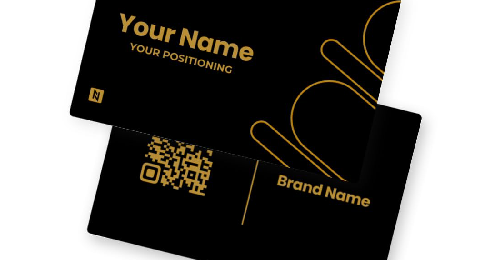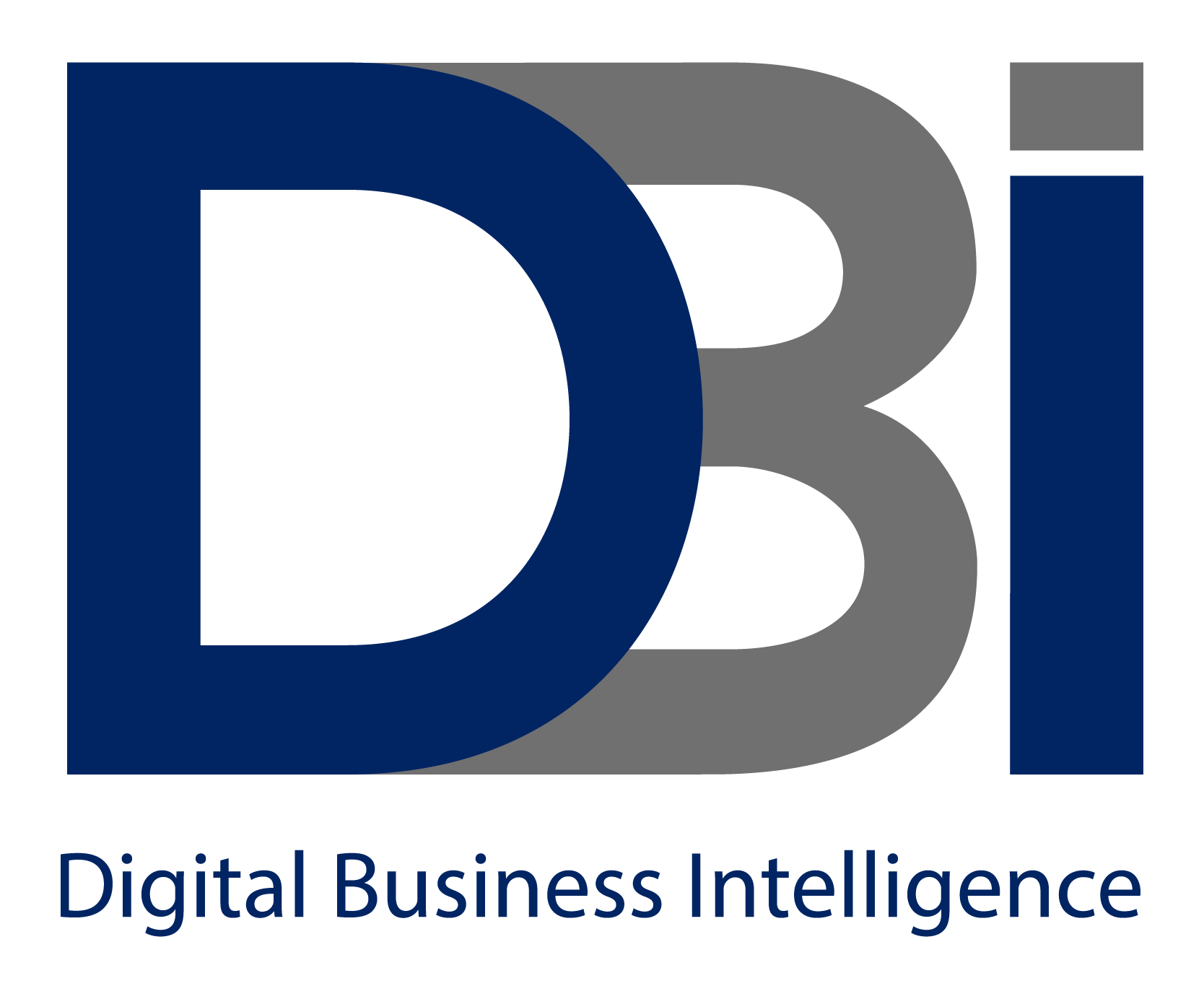Better user interface design increases control over the whole site editor, and better workflow is all feature of Gutenberg 13.7. WordPress introduced Gutenberg 13.7, which includes several changes to the user interface and workflow as well as greater granular control within the complete site editor.
Like every other WordPress release, this is a cumulative upgrade rather than a brand-new experience.
Consequently, the editing process ought to be more natural and intuitive.
Block Locking Offers More Granular Control
Additional enhancements to locking block elements to stop them from altering can be found in version 13.7. Users can now apply the lock functionality to block elements that are contained within a block that is being locked, which is the most recent improvement.
The lock feature that has been applied to a block can be passed on to the blocks it contains by choosing a toggle.
Block Locking Menu
When a block is chosen to be locked, a new menu that offers options for more precise locking control over the blocks included within the locked block appears.
Improved Popup Modal Menus
On top of the page being worked on, popup menus are known as “Modals” might appear from which numerous adjustments can be done, like altering preferences. The document underneath the menu is given a blur as a result of this alteration.
The emphasis is improved by blurring the page behind the modal popup menu.
While this new function was still being developed, some people expressed concern over the possibility that the user would lose track of what was changing due to the blurring.
They proposed that, under certain circumstances, blurring the background would render the user unable to notice what was being changed, thereby erasing context.
The person wrote:
“I just encountered a potential usability issue where there is an element outside of the modal that is contextually related to the content of the modal.
For example, if you go to adjust an item in the List View to apply or remove a Lock, with the modal open, you can no longer see which (particular) block you have highlighted.”
The solution to that problem was the realization that the modal (popup) menu is not the optimum user interface if the context needs to be kept in view. This means that blurring won’t be an issue because modals aren’t used when the user has to refer to the underlying document.
“generally speaking if you need to observe both the modal contents and the rest of the UI together, then a modal is probably not going to be the best choice.”
Template System Offers More Design Control
The user now has more template creation options that may be tailored to particular categories, tags, pages, and custom post kinds.
For instance, you might use a distinct template for all personal blog posts, a different one for all developer-related blog posts, and the third one for all travel-related blog posts, according to WordPress.
In the selection box for the Add New Template button, your editor instance will automatically show any extra post types that your site registered, such as books or items.
This is a good addition because it eliminates a conspicuous restriction and broadens the scope of what may be accomplished using the Gutenberg complete site editor.
Improvements to Workflow
Other enhancements aim to enhance and streamline the workflow by giving users more choices. One of these modifications allows users to choose a featured image from the media placeholder rather than uploading it or picking it from the media library.
Screenshot of Featured Improved Modal
The pull request explains the rationale behind this enhancement as follows: “This PR permits supported media blocks to give users the choice to start with featured pictures from the placeholder state.
Why
Considering that the featured picture is currently concealed behind the “Add media” block control in the media replace flow, it is preferable to avoid selecting another media only to be presented with the option.
New: Time to Read
Another new feature is the capability to estimate how long it will take to read the document. The information box in the Post Editor screen now includes this new functionality in addition to feedback on the number of words, characters, heading elements used, paragraphs, and blocks.
It is quite helpful to know how long it takes the typical reader to read a document.
Sidebar Settings Panel User Interface Improved
The sidebar settings panel, which receives an update to make it easier to use, is another illustration of a better user interface. The settings panel’s layout is more user-friendly and makes it simple to browse and pick options from the menu.
Screenshot of Before and After
The result is a cleaner, more organized presentation that should make it easier for you to quickly access all the crucial information about your post or page, according to WordPress, which explained the updated design.
So Many Improvements
The new Gutenberg 13.7 is an incremental improvement rather than a significant departure from the prior version. The changes might not be immediately noticeable, but they will make editing feel more natural.
This update includes new features like a color picker, enhanced document settings, a better full-site editing experience, and other bug improvements. It also affects almost every aspect of the Gutenberg editor.








